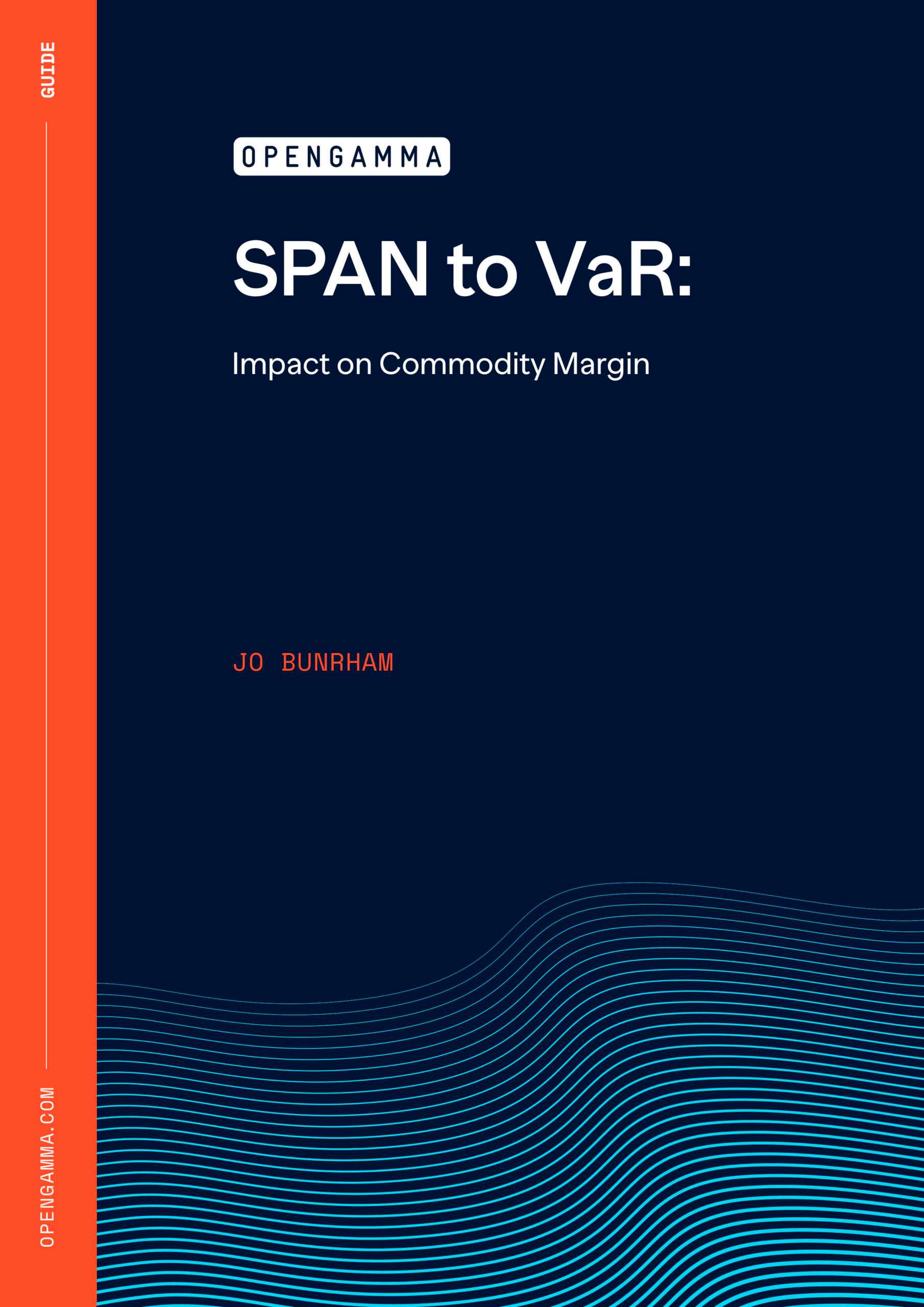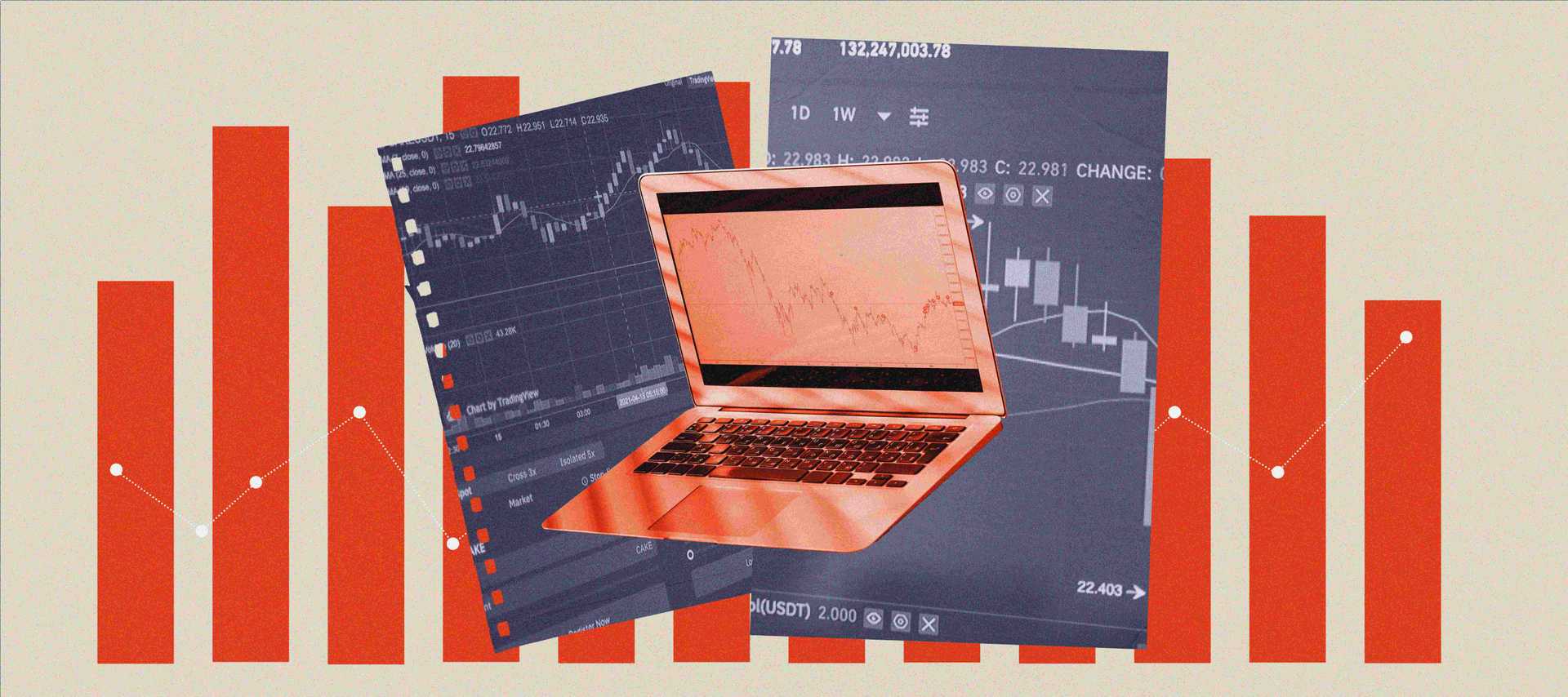How Does The Move From SPAN to VaR Impact Commodity Margin?
SPAN is a well respected margin methodology with broad industry and regulatory support that has been the market standard since the 1980’s. But with CME and ICE moving towards SPAN 2 and ICE Risk Model 2 (IRM2) margin models respectively, most CCPs will likely seize the same opportunity to move away from the limitations of SPAN and introduce their own Value At Risk (VaR) methodologies.
New models, such as SPAN 2 and IRM2 margin models are complex, and the choices of each CCP will create significant differences. For every firm that uses derivatives, margin will become harder to explain, predict and allocate.
Why Are CCPs Moving From SPAN To VaR Margin
In late 2020, SPAN will begin to be replaced by VaR based methods of assessing levels of risk for exchange traded derivatives. CME, who developed the original SPAN margin methodology, are calling this SPAN 2, but it is a major revision to the models. This is the result of an industry-wide move to more robust risk assessment.
Over the years, SPAN has become more and more complex, with so many special cases that have created layers of complexity needed to cover a broad range of products and strategies. For risk managers and traders already familiar with VaR, some will view this as a simpler model.
In our Ebook we detail the reasons as to why CCPs are considering the move away from SPAN margin methodology and opting for VaR margin models. Additionally, we go into detail about the limitations of SPAN as well as what will replace SPAN, and which CCPs are looking to make the jump to VaR based margin methodologies.
Impact Of VaR On Margin Rates
In the Ebook we will provide a comprehensive guide on how VaR compares to SPAN, and in this chapter we discuss what the potential impact that VaR will have on commodity margin rates. The move from SPAN to VaR based methodologies will lead to margin becoming more “risk based“. Unlike SPAN, VaR inherently captures the correlations between the positions included within a portfolio, and therefore automatically provides offsets between hedged positions. In general, the new VaR margin algorithms will result in a more accurate estimate of this risk of a portfolio, compared with SPAN.
Furthermore, in this chapter you will learn about the number of areas where VaR will more accurately capture the risk. Plus, understand why commodity trading firms with low margins are the winners and those with high margins are the losers.
Impact of VaR Margin Methodolgies on Traders, Treasury & Operations
In the following chapter we go into detail about the challenges that commodity trading firms will face when the CCPs move from SPAN to VaR, however not to worry we also provide solutions for every listed challenge.
Margin Will Be Harder To Explain
If you are currently estimating margin based on a published margin rate per contract or strategy, then you need to start considering the additional complexity that the VaR equivalent will introduce.
Margin Will Be Harder To Allocate
Many firms rely on setting up “sub-account” structures in their clear broker accounts to enable initial margin and variation margin to be allocated to desks and traders. It is likely that many clearing brokers will struggle to continue to support this initial margin for all CCPs using VaR based models.
Margin Will Be Harder To Predict
With SPAN it’s quite easy to know when your margin is going to change. With VaR, unlike with SPAN, it is impossible to calculate predicted margin for the next day based on known margin parameter changes. The new VaR based methodologies are instantly impacted by any change in prices or volatility on a day by day basis.
Margin Will Be Harder To Be Efficient
In the SPAN world it is easy to compare margin requirements for the same or similar products across different CCPs. However, in the VaR world there is no simple figure to compare. And the number of options available in designing their VaR algorithms means that CCPs could be calculating considerably different margins dependent on the composition of your Portfolio.
New Tools For Managing VaR Margin
New techniques and new systems will be required to manage VaR based margin. Currently, CME provides a desktop application called PC Span and ICE provides a tool called ICE Risk. In this chapter of our Ebook we detail what the replacements for PC-SPAN and ICE Risk will look like and the challenges commodity trading firms can expect if they replicate the SPAN margin calculation.
How Do CCPS Design Their VaR Margin Methodologies?
Although most CCPs currently use the same SPAN margin methodology for their futures and options margin, going forward it is likely that each will design their own VaR margin methodology. The sections within this chapter will analyse the impact of the configuration choices of new VaR based algorithms. As the implementation choices of each CCP will create significant differences between the margin models of each CCP.
Other Components Of The New VaR Margin Models
With the move from SPAN, the CCPs will be using the opportunity to implement additional components within their margin algorithms that look at other risks impacting the portfolios. These risks are already being managed by the CCPs, but currently this is in a way that is generally not transparent and in an adhoc manner. The following sections within this chapter detail the different risks and the way that they may be included in the new algorithms as add-ons, on top of the VaR components which are used to cover market risk.
Quantifying The Impact Of Different Model Choices
In the last chapter, we elaborate what the impact of each VaR margin model will have on margin requirements. We look at the impact on margin of the following different VaR model parameters, and we also look into and consider the impact of each of the model choices in turn on the VaR calculation.
Download Our Ebook To Learn How VaR Margin Methodologies Will Impact Commodity Margin
This blog is just a small glimpse into our Ebook. Our Ebook provides a comprehensive guide how VaR margin methodologies, from the likes of IRM2 and SPAN 2 margin methodologies, will impact commodity margin. We detail everything from why this change is occurring to what the impact will be on margin and margin calculation.



